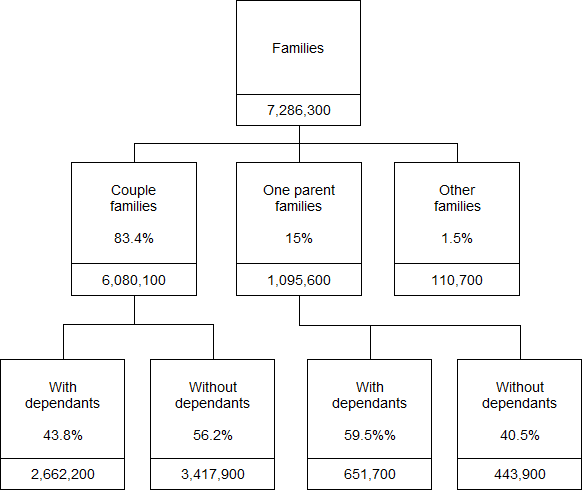COVID-19 Impacts
The latest annual data presented in this release of Labour Force Status of Families was collected in June 2021 and reflects the labour market conditions at that point in time. In June, Labour Force data reflected impacts from a lockdown in Victoria, but it was before the larger impacts from the longer lockdowns in New South Wales, Victoria and the Australian Capital Territory.
Given the extent of major changes in the labour market during the pandemic, quarterly estimates have also been included in this release, for the months of March, June, September and December of 2019 and 2020, and for the first half of 2021. These estimates have been included with the release of annual estimates in the Data Downloads and in the TableBuilder release.
Microdata: Labour Force Status of Families, Australia (TableBuilder)
While the quarterly estimates are expected to be a temporary addition to this release, a final set of quarterly estimates may be included in the June 2022 release.
